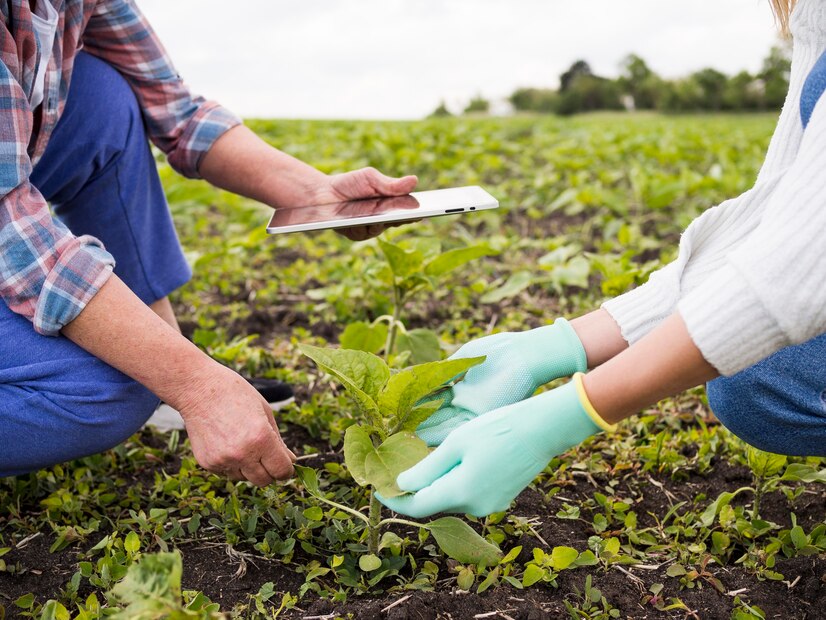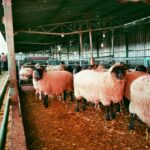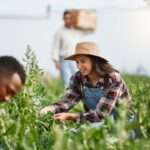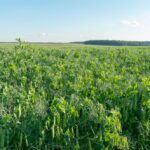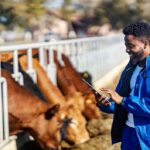Artificial intelligence (AI) is revolutionizing agriculture, and one of its most impactful applications is disease detection. Deep learning, a subset of AI, is enabling farmers to identify plant diseases early, prevent crop losses, and improve yields. By analyzing images and patterns, AI-driven systems can detect diseases with remarkable accuracy, helping farmers take quick action before infections spread.
How Deep Learning Detects Plant Diseases
Deep learning uses artificial neural networks to analyze vast amounts of data, including images of crops. Here’s how the process works:
- Image Collection – Farmers capture photos of plants using smartphones, drones, or specialized cameras.
- AI Processing – The deep learning model analyzes the images, identifying patterns and symptoms associated with specific diseases.
- Diagnosis & Recommendations – The system compares findings to a database of known diseases and provides recommendations for treatment.
These AI models continuously improve by learning from new data, making them more accurate over time.
Benefits of Deep Learning in Disease Detection
- Early Identification – AI can spot diseases at an early stage, reducing crop losses.
- Higher Accuracy – Deep learning models can differentiate between similar-looking diseases, leading to better diagnoses.
- Reduced Pesticide Use – By targeting only affected areas, farmers avoid excessive pesticide application.
- Cost Savings – Preventing disease outbreaks helps farmers reduce losses and increase profitability.
Real-World Applications
Several AI-powered tools and apps are already being used in agriculture. Platforms like Plantix, PEAT, and Microsoft’s AI for Earth leverage deep learning to diagnose plant diseases quickly. Drones equipped with AI-powered cameras can scan large fields and identify infections in real time.
The Future of AI in Farming
As deep learning continues to advance, AI-driven disease detection will become even more precise and accessible. Future innovations may include voice-assisted AI for rural farmers, real-time disease prediction models, and integration with smart irrigation systems to optimize plant health.
By harnessing deep learning, farmers can protect their crops, reduce losses, and ensure food security. AI is not just changing farming—it is shaping the future of sustainable agriculture.
Join 'Farmers Mag' WhatsApp Channel
Get the latest Farming news and tips delivered straight to your WhatsApp
CLICK HERE TO JOIN
